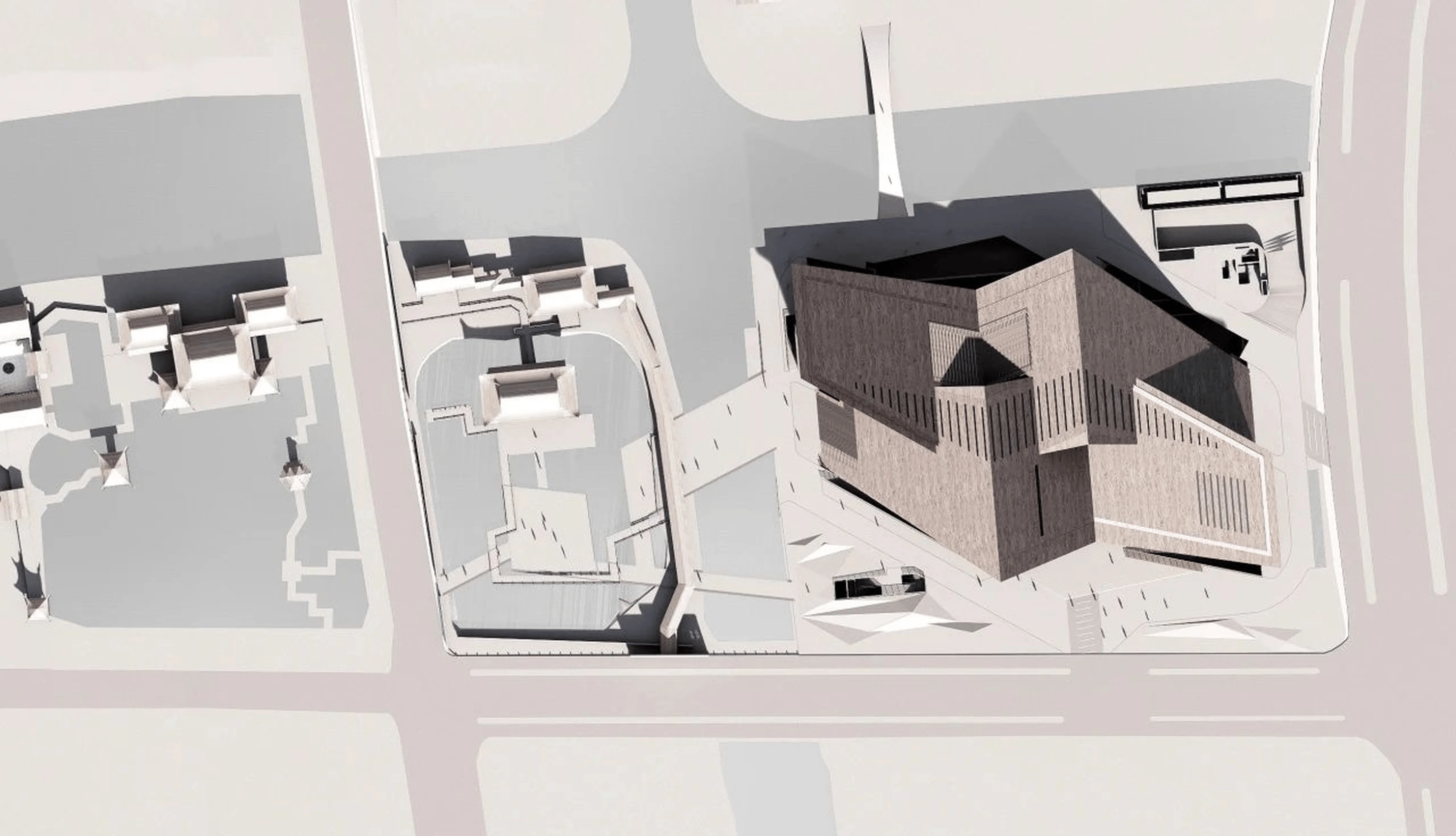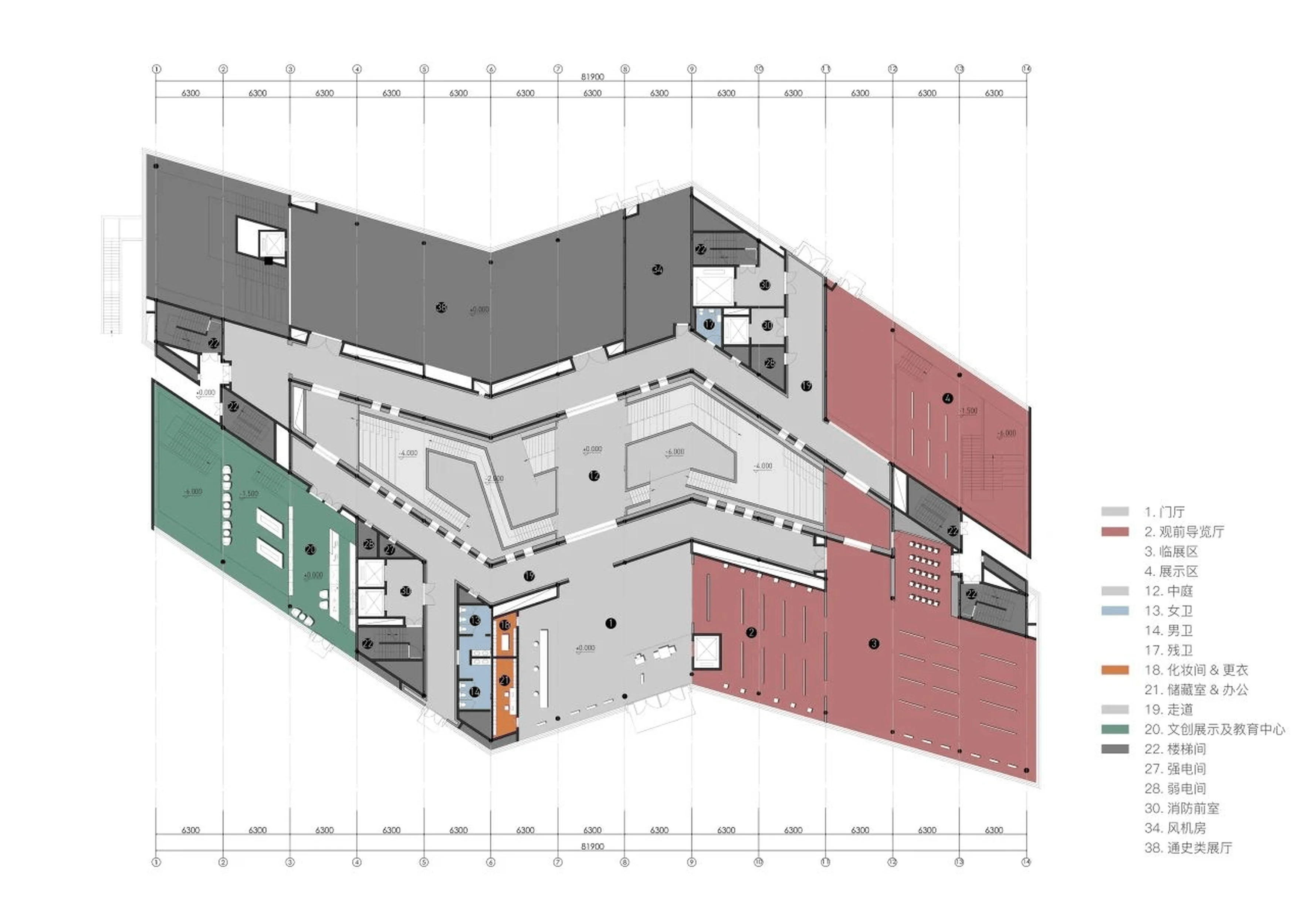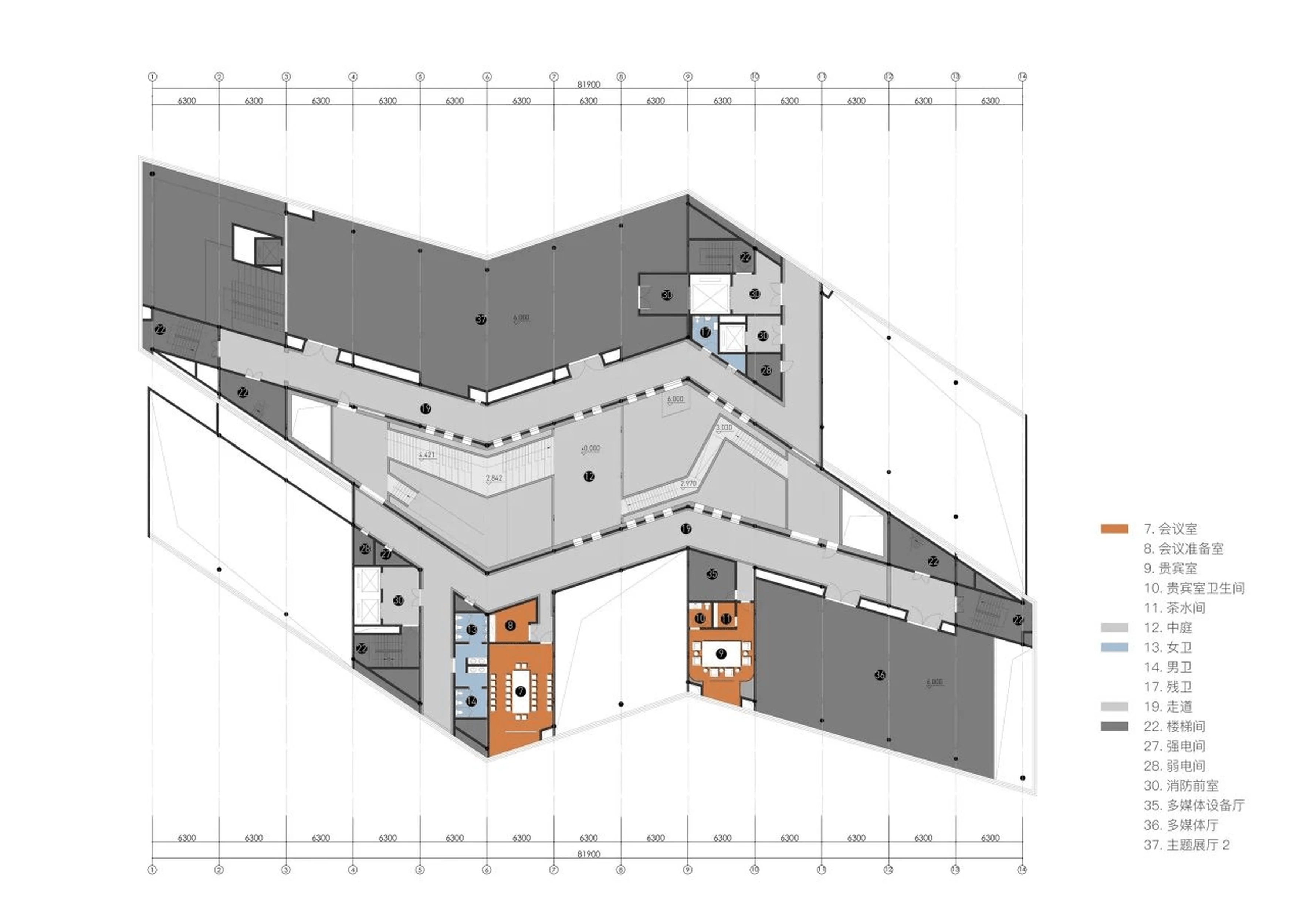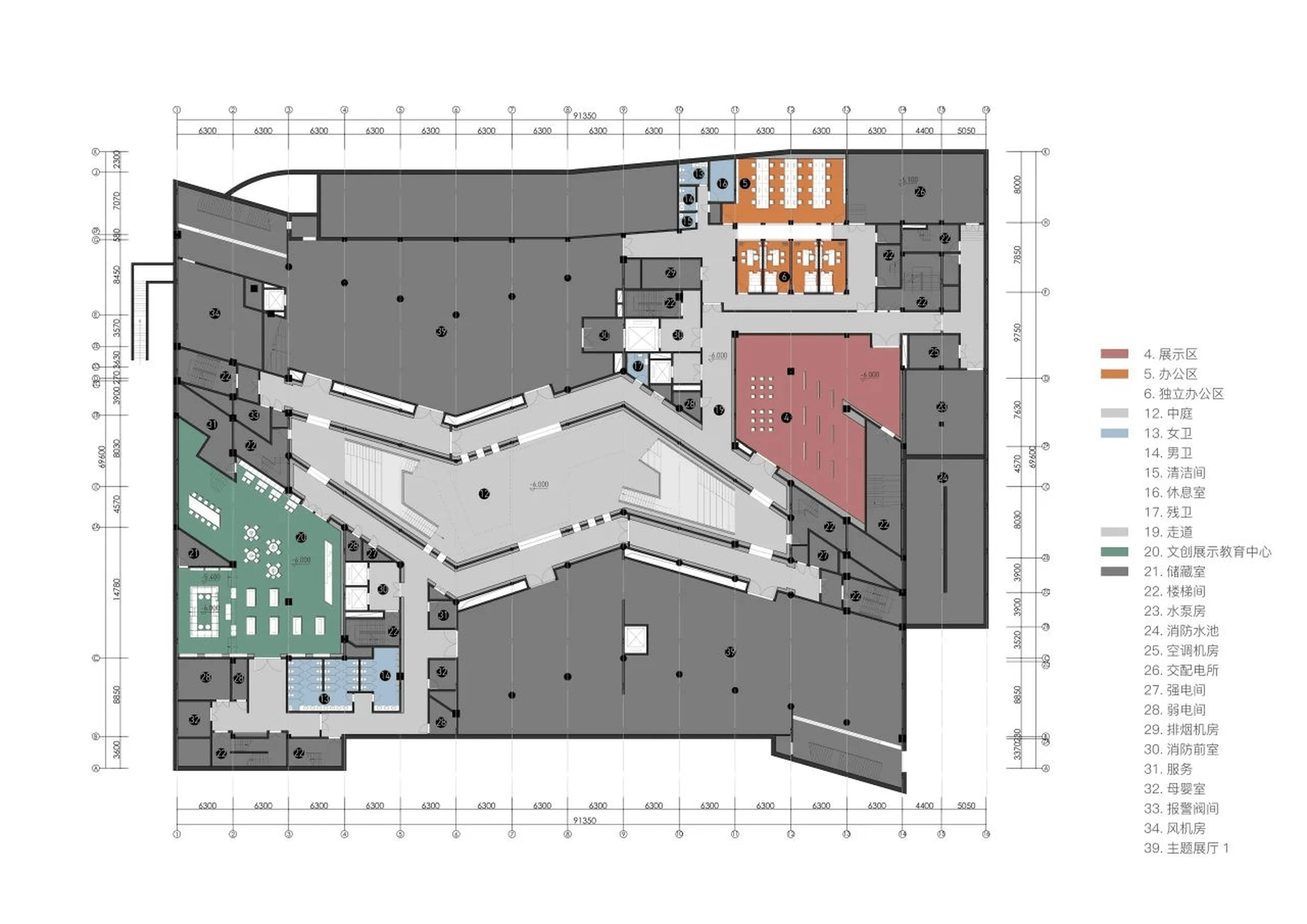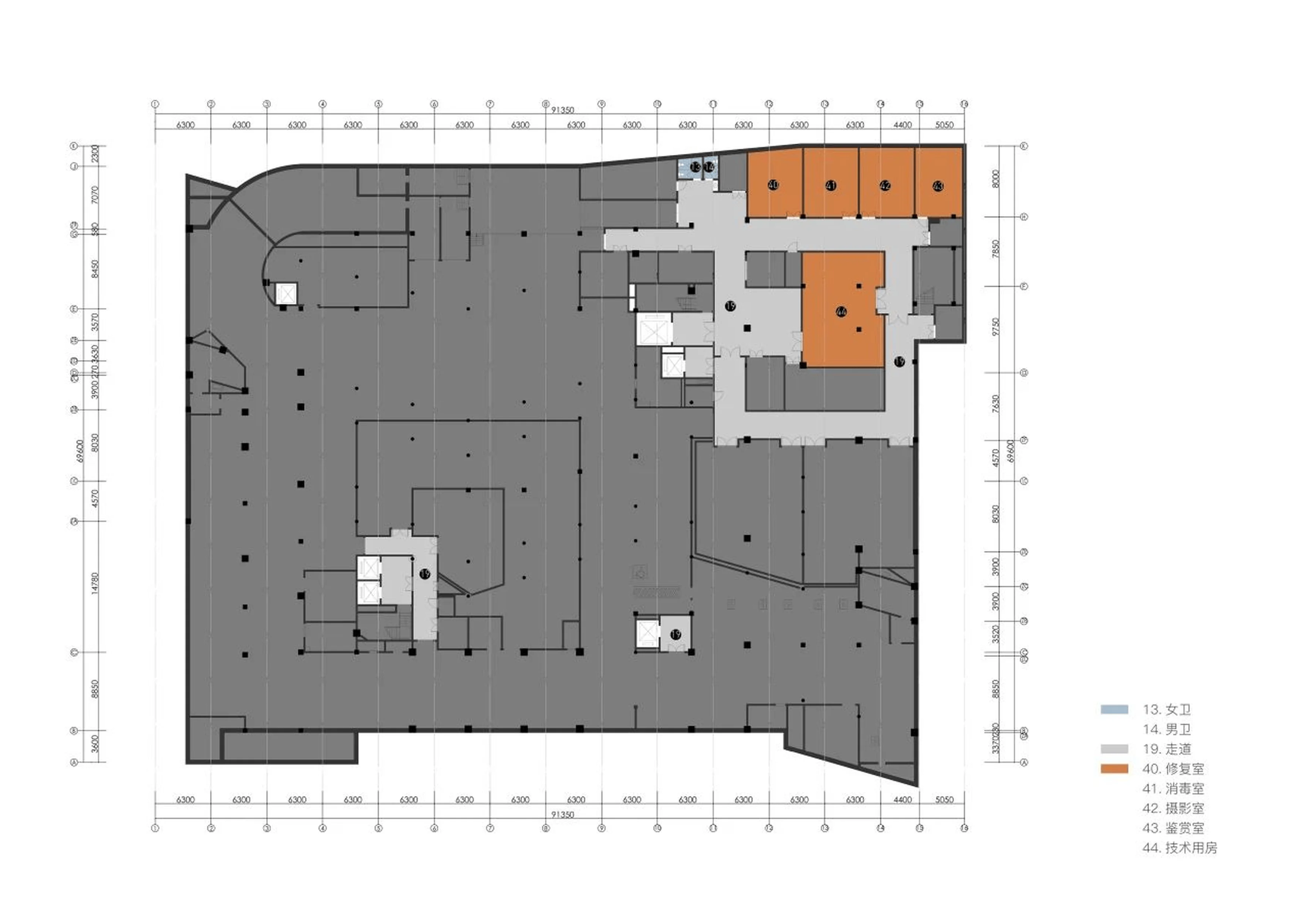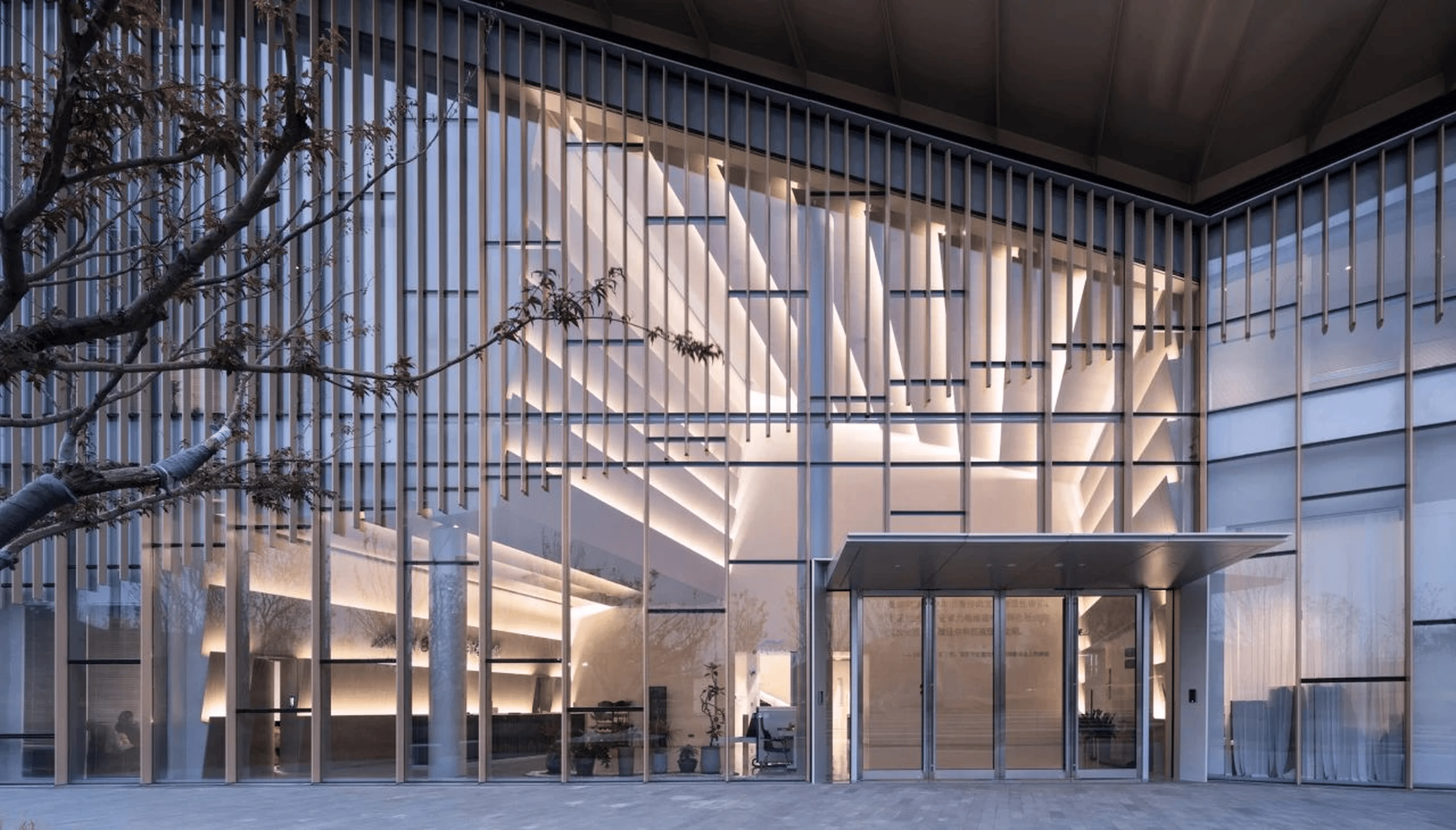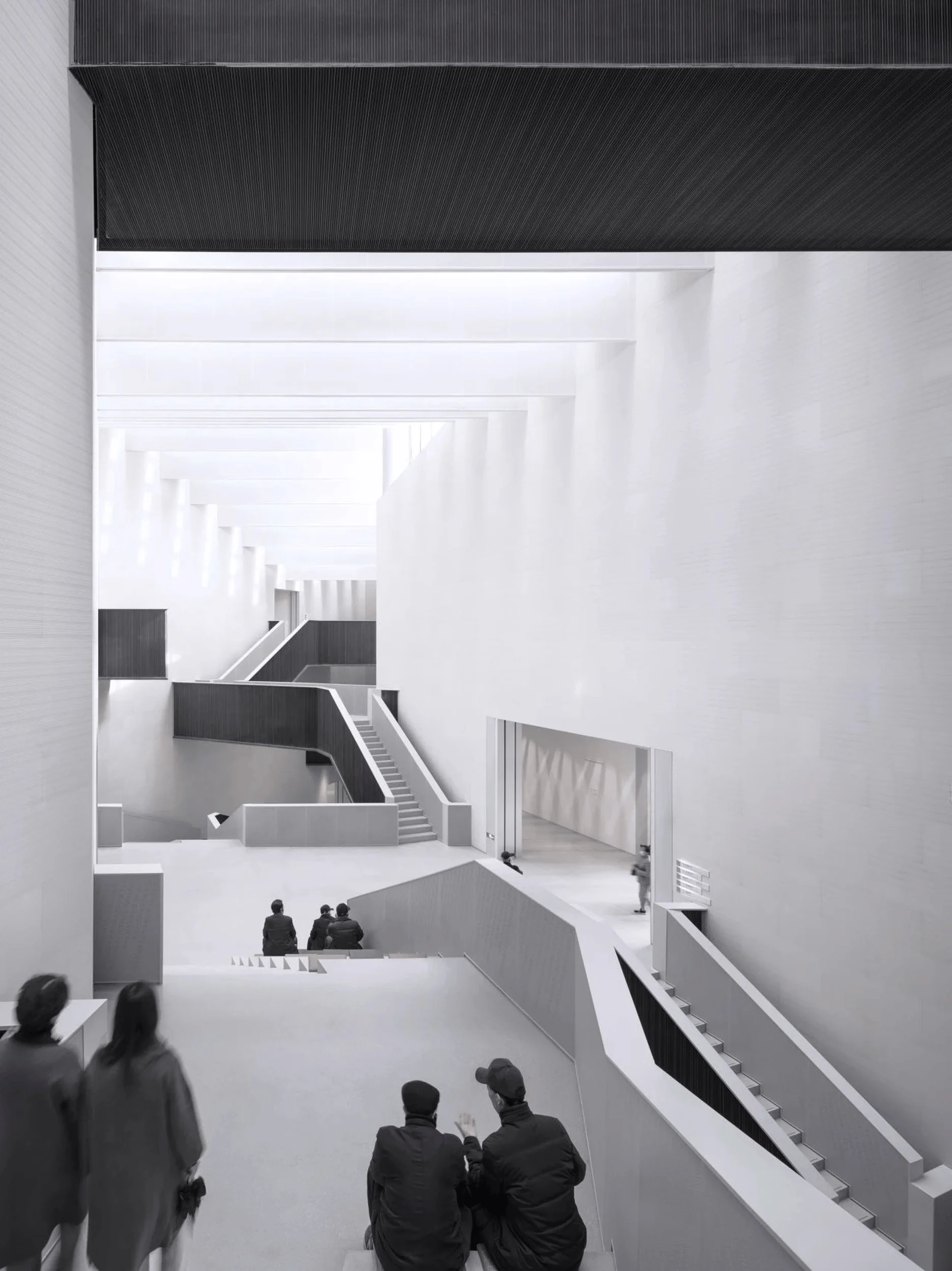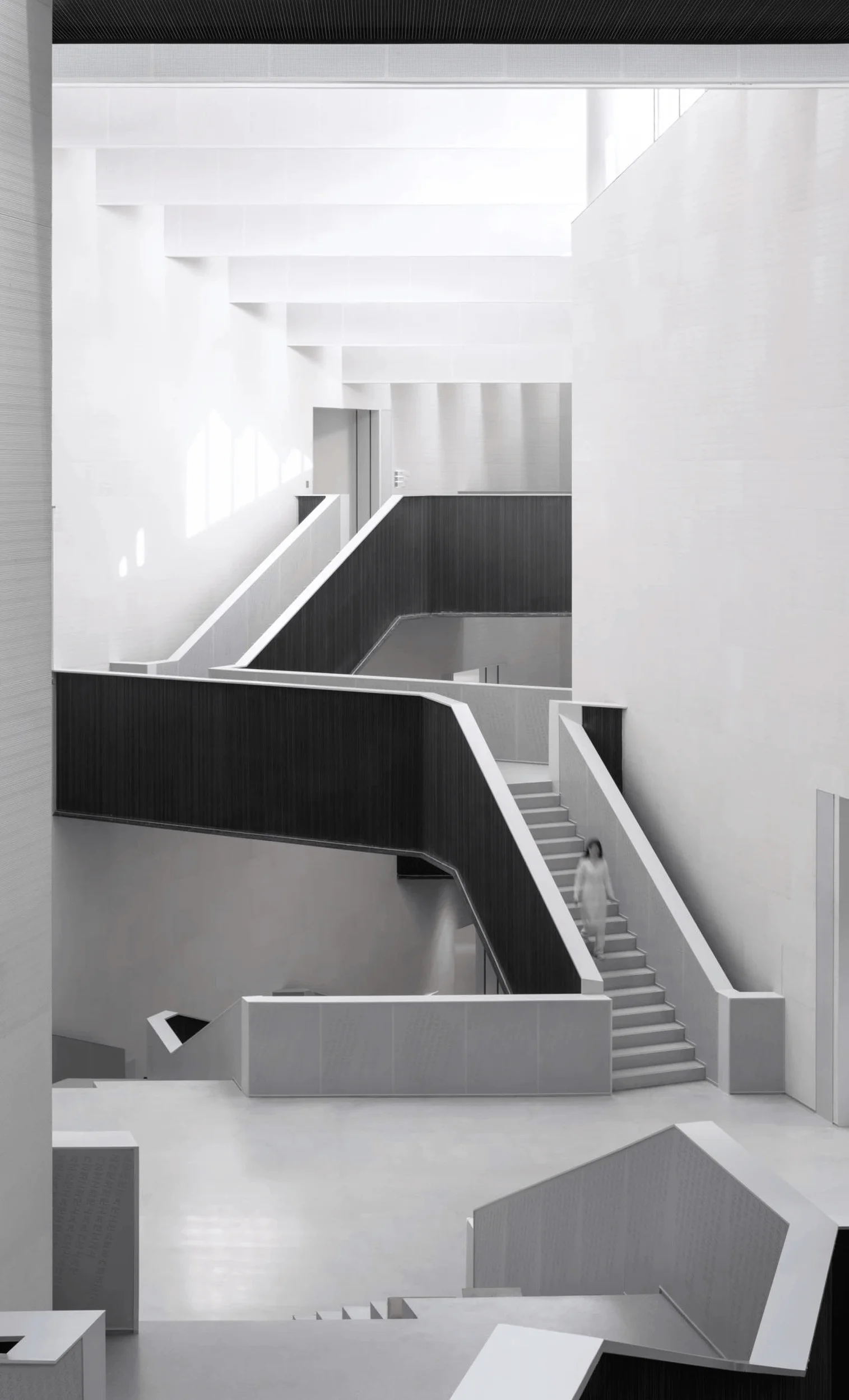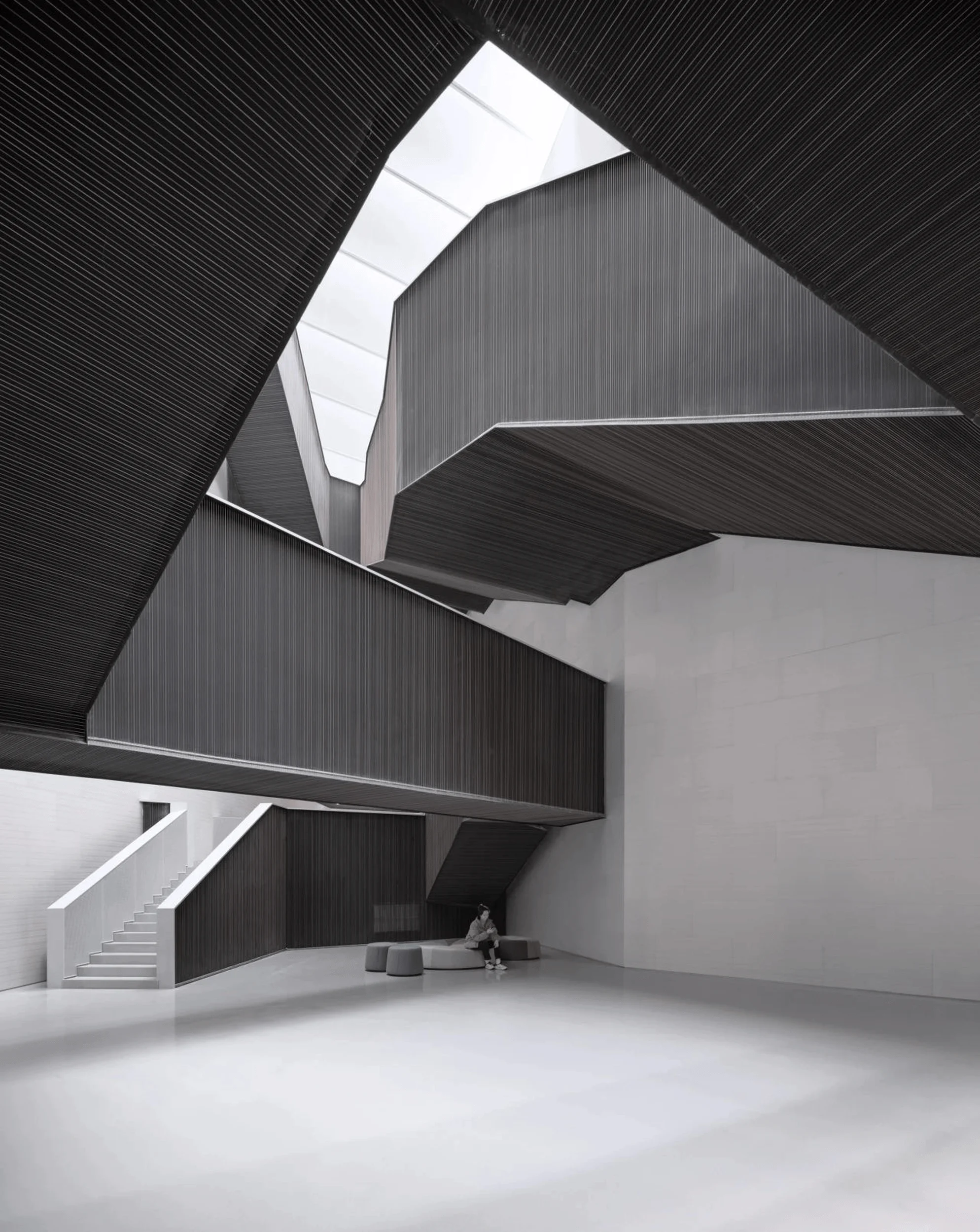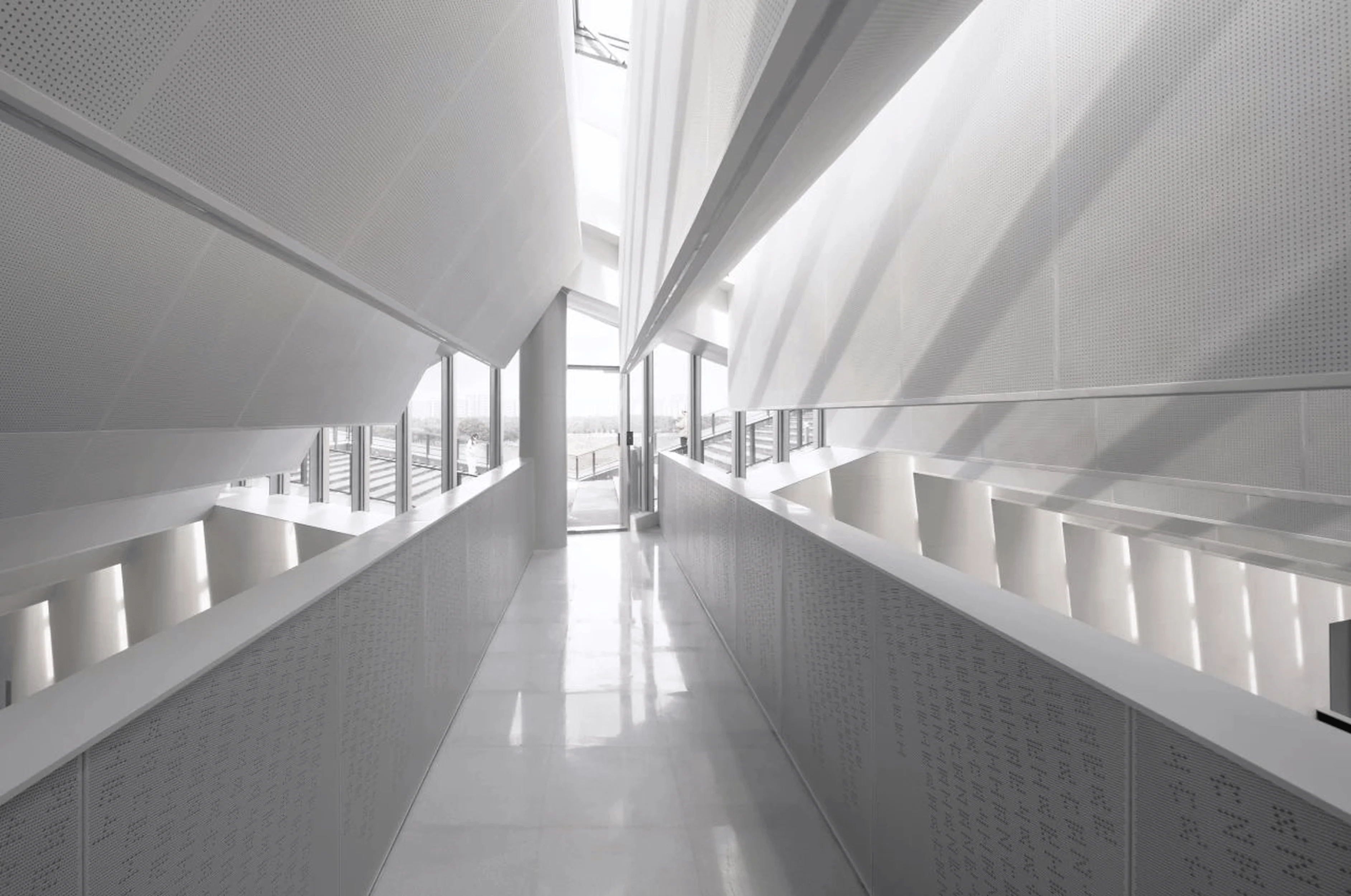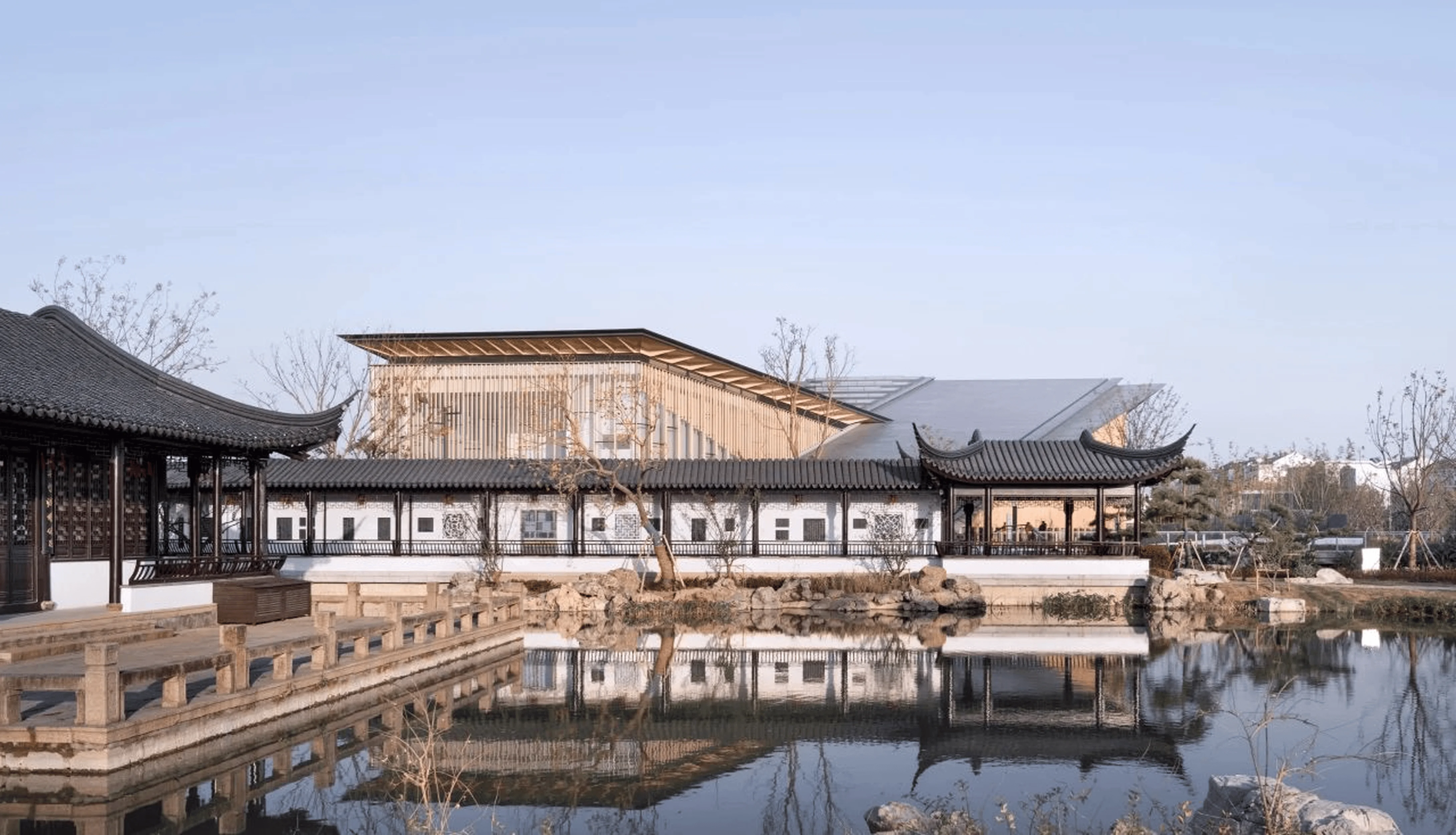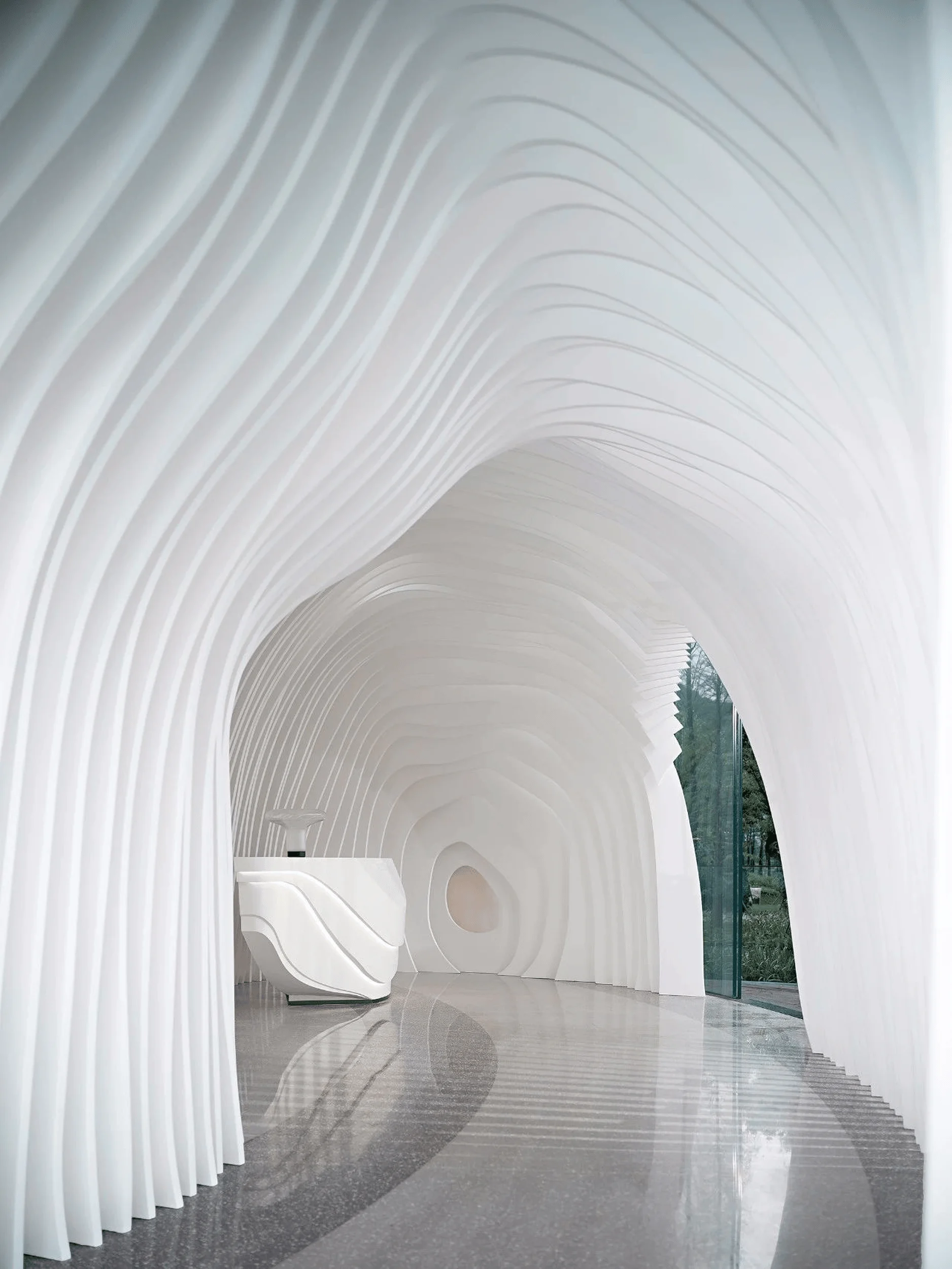Xiqubaixi Museum exemplifies innovative interior architectural design with its modern interpretation of traditional Chinese elements.
Contents
Embracing the Legacy: A Museum Rooted in Tradition
Nestled in Zhengyi Old Street, Kunshan, the birthplace of Kunqu Opera, the Xiqubaixi Museum stands as a testament to China’s rich theatrical heritage. The museum’s design draws inspiration from the region’s historical context and the essence of Chinese opera, with a particular focus on the captivating art of Kunqu, often hailed as the ancestoro fall Chinese operas. The design team at azLa, led by principal architect Zhang Lei, sought to create a space that not only preserves and celebrates this cultural legacy but also provides a contemporary platform for its continued evolution. The use of timber elements pays homage to the traditional craftsmanship of the Jiangnan region, while the integration of doublebridges within the design evokes the imagery of the region’s picturesque water towns. Furthermore, the incorporation of elements inspired by the graceful watersleeves of traditional Chinese opera costumes infuses the museum with a sense of classical elegance, resulting in a harmonious blend of past and present. The interior architectural design creates a mesmerizing experience, guiding visitors through a narrative that interweaves history, artistry, and modern innovation.
The Entrance Hall: A Modern Take on Timber Construction
Upon entering the Xiqubaixi Museum, visitors are greeted by a striking entrance hall that masterfully blends modern aesthetics with traditional Chinese architectural principles. The hall features a contemporary interpretation of timberconstruction,achieved through the use of intricately shaped aluminum panels. These panels create a layered and rhythmic pattern, reminiscent of the intricate woodwork found in historic Chinese structures. Linear lighting fixtures gracefully ascend from the walls to the ceiling, casting a warm and inviting glow that highlights the beauty of the aluminum panels. This interplay of light and shadow creates a captivating visual experience, reminiscent of the soft, diffused light that filters through the traditional paper lanterns of Jiangnan water towns. The entrance hall sets the stage for a journey through the museum’s captivating exhibits, where visitors can delve deeper into the fascinating world of Chinese opera and its cultural significance.
The Atrium: A Symphony of Bridges, Water Sleeves, and Musical Notes
The heart of the Xiqubaixi Museum lies in its central atrium, a dynamic space formed by the intersection of two doublebridges. These bridges serve as both architectural elements and organizational tools, guiding visitors through the museum’s exhibition spaces and creating a visually stunning focal point. The bridges’ outer surfaces are adorned with red and blue metallic wires, creating a captivating gradient effect that mirrors the fivecolors found in traditional Chinese opera costumes. The inner surfaces of the bridges are clad in perforated metal panels, which feature intricate patterns inspired by the Gongche musical notation system used in Kunqu Opera. This subtle detail adds another layer of cultural significance to the design, highlighting the close relationship between music and theater in Chinese opera. The doublebridges also serve as an abstract representation of the watersleeves that are an integral part of Chinese opera costumes. These flowing sleeves are often used to express a range of emotions, from joy to sorrow, and their incorporation into the museum’s design adds a touch of poetic beauty. The bridges’ crisscrossing staircases provide convenient access to the various exhibition halls while also creating inviting spaces for visitors to rest and contemplate the surrounding artistry.
Illuminating the Heights: Natural Light and Acoustic Design
The atrium’s inverted triangular ceiling is a testament to the museum’s commitment to both aesthetic and functional excellence. The ceiling is clad in perforated gypsum board, which effectively absorbs sound within the soaring space. Linear lighting fixtures and skylights are intricately interwoven, allowing natural light to cascade into the 22-meter-high atrium. The filtered light creates narrow bands of shadow that dance across the textured surfaces of the grooved stone cladding on the walls, enhancing the sense of verticality and adding a dynamic element to the space. This innovative approach to lighting design reduces the museum’s reliance on artificial illumination, creating a more sustainable and environmentally conscious building. The combination of natural light and acoustic design creates an atmosphere that is both visually stunning and conducive to the appreciation of the museum’s exhibits, allowing visitors to fully immerse themselves in the world of Chinese opera.
A Cultural Landmark: The Xiqubaixi Museum’s Impact
Since its grand opening in October 2023, the Xiqubaixi Museum has garnered significant attention, attracting over 90,000 visitors in just two months. Its popularity is a testament to the museum’s captivating design and its ability to connect visitors with China’s rich theatrical heritage. The museum has been recognized as one of the TopTenProjectsforPeople’sLivelihood in Suzhou in 2023, further solidifying its status as a cultural landmark. The Xiqubaixi Museum is poised to play a vital role in the development of the Kunshan Xiqu Culture Expo Park and the overall revitalization of the Zhengyi Kunqu Opera Town. It serves as a shining example of how cultural heritage can be seamlessly integrated with tourism development, creating a vibrant and engaging destination for visitors from around the world. The museum has become an important public cultural landmark and a cherished culturallivingroom for both Suzhou and Kunshan, showcasing the enduring power of Chinese opera and its ability to inspire and captivate audiences across generations.
Project Information:
Project Type: Museum
Architect: azLa
Area: 17000 square meters
Project Year: 2023
Country: China
Main Materials: terrazzo, shaped aluminum panels (wood grain transfer printing), colored steel wire rope, grooved artificial stone, perforated gypsum board, art paint, etc.
Photographer: Hou Bowen


